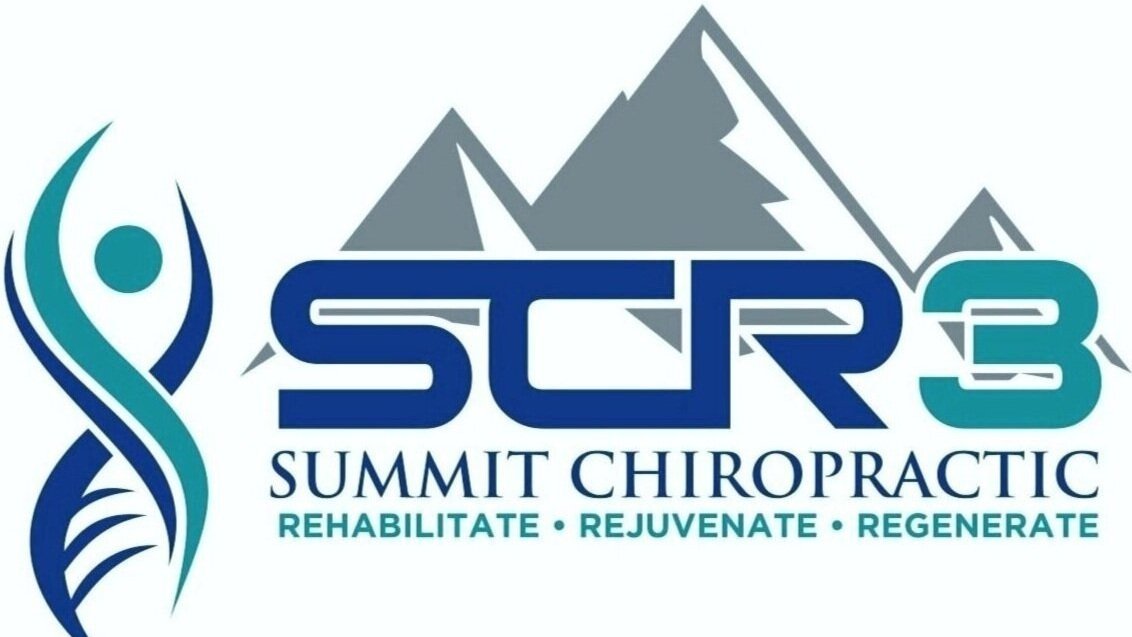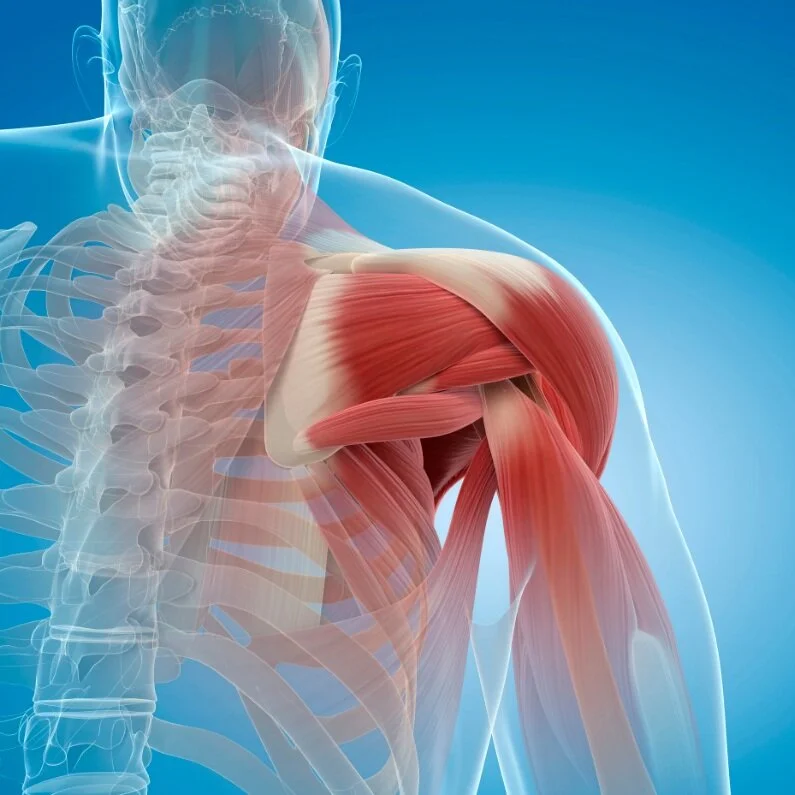
Shoulder Pain
The inability to use an arm due to shoulder pain can lead to significant disability and decreased quality of life. Great strides have been made in research recently regarding shoulder pain, it’s causes, and it’s management.
Rotator Cuff tear
We can injure all muscles of the shoulder, especially the notorious rotator cuff muscles which are responsible for helping to coordinate some of the fine movements in the shoulder. These muscle injuries can range from a small tear to a complete rupture. Smaller tears can typically be managed with conservative therapy with very good success rates (over 90% will recover with rehab and strengthening alone) while a complete rupture will likely need surgical intervention in order for full function to return. One tool that is very useful in diagnosing and grading rotator cuff tears is diagnostic ultrasound, which you can learn more about by clicking HERE
Spinal source of shoulder pain
Pain in the shoulder is often a referred pain from an issue in the neck. Best practice is to rule out a neck issue before tackling a potential shoulder issue. This can be done with repeated movements of the head and neck. If neck movements have a significant effect on your shoulder symptoms, then it is likely that the neck is causing the issue.
AC Joint sprain
The AC joint is the only true joint connecting the shoulder to the body. This joint can get sprained, especially after a fall. Rehabilitation of this joint is important and can also be helped by acupuncture, and soft tissue therapy.
Labrum Tear
The labrum of the shoulder works to increase the amount of contact and stability between the shoulder blade and the upper arm. This can, and is often partially torn or injured; especially in the region that the bicep attaches. Diagnosis and management of this condition involves orthopedic testing, and a gradual process of rehabilitation to decrease painful responses to movement. There is a growing body of evidence that show labrum tears to be common in people with no shoulder pain at all. Thus policy changes have been enacted (rightly so) to first perform a trial of 6-12 weeks of conservative care including manual therapy, acupuncture, and progressive rehab before performing things like injections, surgery, or other invasive procedures.
Frozen Shoulder
For how common it is, frozen shoulder is a widely misunderstood diagnosis. One misunderstood aspect is that there are multiple types of frozen shoulder; Primary Frozen shoulder is a tightening of the capsule from an injury, trauma or surgery. Secondary frozen shoulder can be related to metabolic or hormonal changes.
Shoulder dislocation
Dislocations are unfortunately a fairly common occurrence in the shoulder. This is because of the very high amount of mobility we have in the shoulder. The trade off for this mobility is the increased predisposition to dislocate it. When a dislocation occurs, the capsule and tendons of the shoulder become stretched further than they were initially designed. Like an overstretched rubber band, the capsule is then more loose and predisposes the individual to further dislocations. Sometimes a fracture can occur between the two bones that dislocate the shoulder, as well as other deformity of the soft tissues. In the absence of these deformities, stabilization and rehabilitation of the shoulder are key components to reducing the risk of further shoulder dislocations.
Shoulder Impingement
As the supraspinatus muscle (one of the rotator cuff muscles) traverses along the shoulder from the scapula to the humerus (upper arm), it has to go underneath a piece of bone called the acromion. This area is a common location of pain and discomfort for people with pain in the front of the shoulder. It was once thought that different shapes of the acromion were the cause of this issue. This has been shown to not be the case however, as surgical correction does not yield better results than rehabilitation and conservative care alone (Paavola et al. 2017). It is now no longer recommended to get surgery for this condition (Vandvik et al. 2019). The best treatment for this condition included mobilization, strengthening, and rehabilitation exercise (Painful Shoulder: Exercise Can Reduce...).







